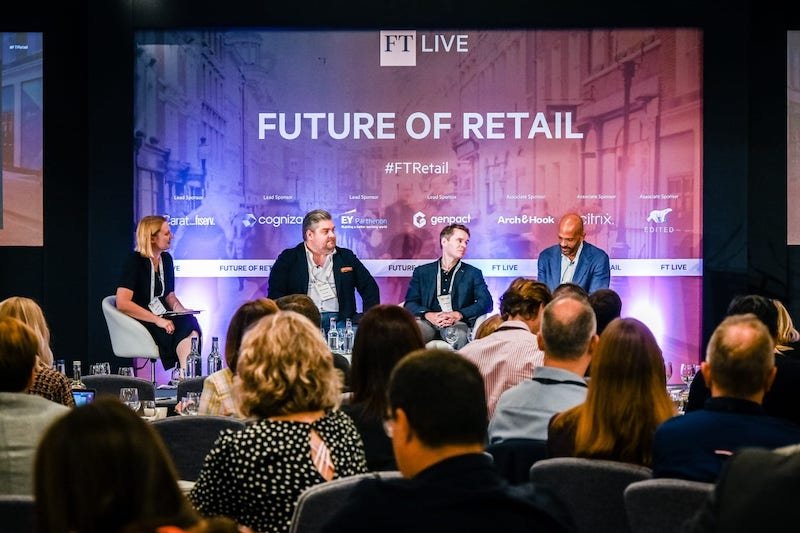Drone delivery services are a terrible idea. Here’s why
Among the worst ideas in business is the “zealotry associated with the use of drones to make deliveries”, according to former Amazon exec and supply chain consultant, Brittain Ladd.
In a LinkedIn post, Ladd says: “Regardless of the fact that using them is among the most inefficient and costly ways to make deliveries, many companies and individuals continue to fall all over themselves proclaiming how drones will revolutionise retail and logistics.”
“False. Let me make something as clear as I can. Using a drone to deliver a Coke, toothpaste, and dental floss, or delivering over the counter medicine, can certainly be accomplished using a drone. No doubt.”
“The question that must be asked is this - Is using a drone the right solution or the best solution? The answer is no.”
Ladd argues that the products being offered for drone delivery can best be characterised as low value and low necessity. “Yes, delivering prescriptions by drone can be done but the percentage of such deliveries will be minimal.”
He notes that, according to internal Amazon documents, each drone delivery will cost $63 per package in 2025, the year that the e-commerce giant aims to deliver one million packages annually in this way.
“That's nearly 20 times the cost of the average ground delivery that Amazon makes.”
“It is currently estimated to spend $4.50 to $5.50 per package when shipping through third-party delivery partners. It costs roughly $3.47 per package for products shipped through Amazon's own logistics network.”
Ladd states: “From a research perspective, I challenge the wisdom of using drones when a more cost-effective and efficient solution would be to stock vans with the most requested products, and provide access to the vans using an app.”
“This model allows consumers to, “hail a store” to arrive at their home 24/7, 365-days per year. In many residential developments, the vans can be autonomous.”
Instead of one drone making one delivery, a van can make many deliveries to many customers. The optimal goal of any last mile delivery solution is a ratio of many vehicles making many deliveries - this cannot be achieved using drones, Ladd believes.
“I also want to point out that drones are in fact flying leaf blowers. It is inconceivable to me that any home owners association is going to approve the use of noisy drones to make deliveries of Snickers bars and and Diet Cokes. (I’ve spoken to several HOAs that contacted me and I warned them not to approve drones).”
Another issue is liability. An Amazon drone recently crashed in Oregon and started a forest fire.
“Who will be liable when drones start crashing on tops of homes and setting them on fire? Hint: It won’t be the drone company or the retailer that launched the drone,” Ladd says.
He concludes: “Do drones have their place? Yes. Absolutely. I am not anti-drone. I am against using drones where they don’t make sense.”










